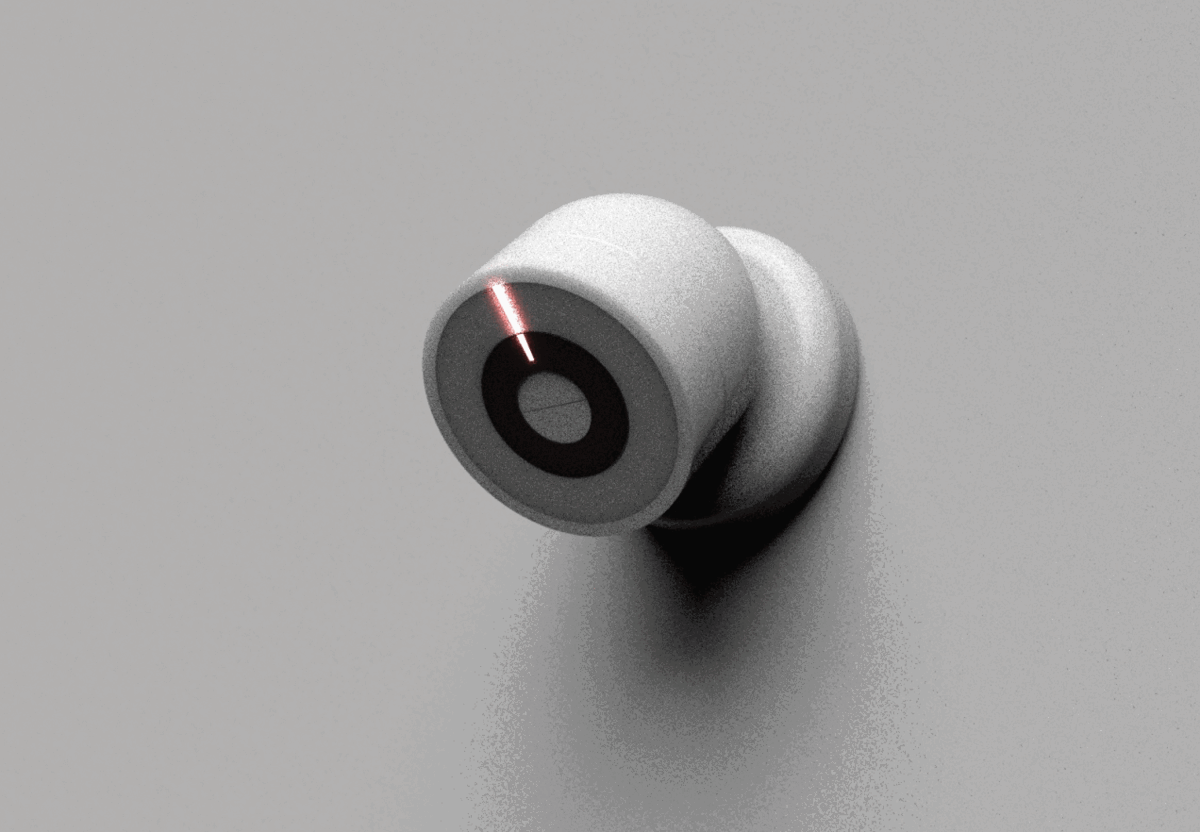
This project develops design concept proposals, scenarios, and conceptual frameworks to help designers better address the privacy needs of guests, neighbors, domestic workers, and other people who variously interact with smart cameras and microphones yet do not own or control the devices.
Smart devices with cameras, microphones, location tracking, and other spatial sensing capabilities invariably impact the privacy of people nearby. A prime example is smart home security cameras. These devices are used both deliberately and incidentally to monitor guests, neighbors, domestic workers, family members, roommates, and passersby (We previously published a study that documents different types of everyday surveillance with smart home cameras.)
These nearby users lack the high degrees of control, feedback, awareness, consent, and benefits of use enjoyed by primary users. However the vast majority of privacy features and safeguards are designed not for those nearby, but rather for the primary users who own and operate the devices. Relatively few design interventions exist, either in consumer applications or research prototypes, that specifically address the privacy of adjacent actors of smart sensing devices.
Design Frameworks



Scenarios
To inform our design ideation, we iteratively developed many use cases and scenarios. These scenarios allowed us to imagine a diversity of contexts in which better privacy features might be desired.

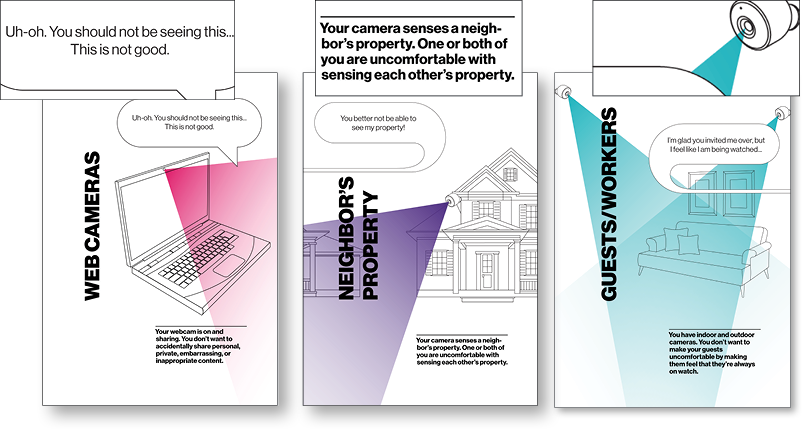

Design Proposals
We developed a range of design concepts to address adjacent actor privacy. Some concepts are more speculative while others are more feasible.
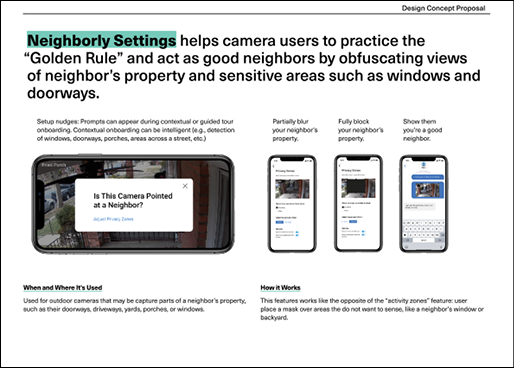
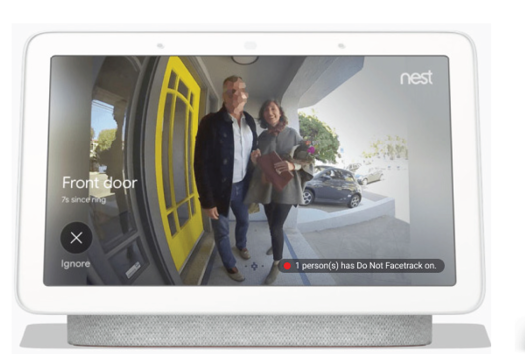
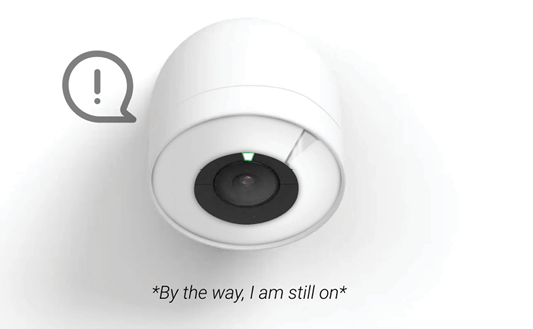
Closed Mode (Detailed Proposal)
Closed Mode is a proposal we developed in more detail. The central component is a pronounced lenslid that functions like remote controlled webcam cover. Visual and auditory indicators provide additional feedback. Together these components provides tri-modal feedback (visual, auditory, and physical/tactile movement indicators) that saliently communicates the camera status in an intuitive and transparent manner. There are several ways of controlling closed mode: remotely via the app, physically by touching the device, and automatically by configuring closing rules
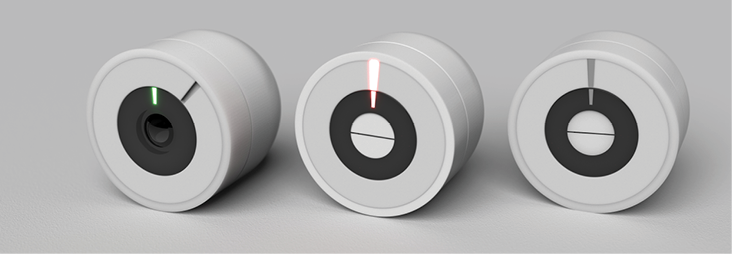
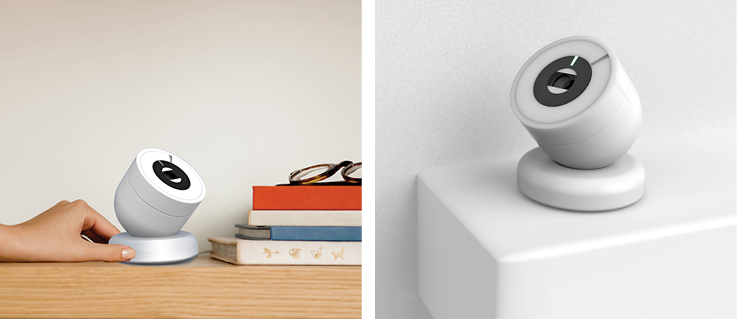

Concept Evaluations
We conducted concept evaluations of our 7 designs with 11 participants. We recruited participants with a variety of experiences as camera owners, guests, bystanders, domestic workers, and subjects of surveillance. For example, participants included 1 professional pet sitter, 1 frequent Airbnb guest, 1 frequent house-sitter, 1 caregiver of other people’s children, and 1 person whose roommate owned smart cameras they lacked access to. See documentation below for key insights from our study.
Documentation
Process documentation [PDF]
Related Publications
James Pierce, Isha Agarwal, Parag Nandi, Claire Weizenneger, Gwenna Gram, Jade Hurle, Betty Lo, Aaron Park, Aivy Phan, Mark Schumskiy, and Grace Sturlaugson. “Addressing Adjacent User Privacy.” Proc. of 2022 DIS Conference on Designing Interactive Systems. ACM Press.
[PDF]
Project Team
Design and Research Lead: James Pierce
User Research Lead: Claire Weizenneger, Robyn Anderson
Industrial Design: Aaron Park, Grace Sturlaugson.
Interaction and Visual Design: Jade Hurle, Gwenna Gram, Parag Nandi, Aivy Phan, Mark Schumskiy, Betty Lo
Illustration: Isha Agarwal, Gwenna Gram